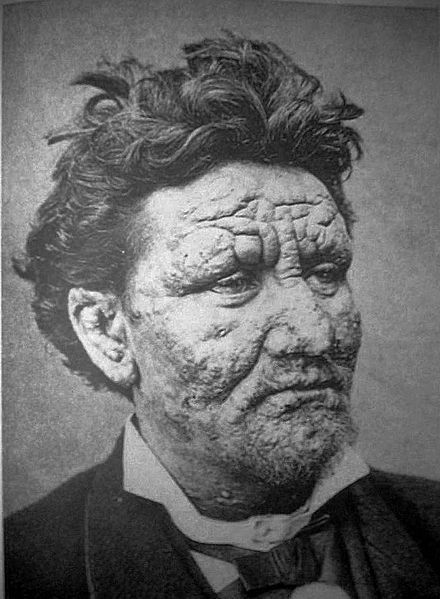-
 Circuit breaker
Circuit breaker
-
 Partial eclipse
Partial eclipse
-
 Carditis
Carditis
-
 Dysarthria
Dysarthria
-
 Sika deer
Sika deer
-
 Lysosome
Lysosome
-
 Cosmic ray
Cosmic ray
-
 Urothelium
Urothelium
-
 Intrusion
Intrusion
-
 Artificial intelligence
Artificial intelligence
-
 Fasciculation
Fasciculation
-
 Ununseptium
Ununseptium
-
 Solid state laser
Solid state laser
-
 White poplar
White poplar
-
 Weightlessness
Weightlessness
-
 Coalescence
Coalescence
-
 Main sequence
Main sequence
-
 Passeriformes
Passeriformes
-
 GPS
GPS
-
 Ekpyrotic cosmology
Ekpyrotic cosmology
-
 Forsythia
Forsythia
-
 Active centre
Active centre
-
 Lateral chromatic aberration
Lateral chromatic aberration
-
 Vibrio cholerae
Vibrio cholerae
-
 Barebone computer
Barebone computer
-
 Translocation
Translocation
-
 Palmate
Palmate
-
 Lapilli
Lapilli
-
 Natural regeneration
Natural regeneration
-
 Penis
Penis
Leprosy
Leprosy is an infectious disease which can now be cured.
History of leprosy
Leprosy was known in ancient China, Egypt and India. The first written reference to leprosy dates back to 600 years before Christ. Sufferers have often been rejected by their communities and families throughout history.
The leprosy agent
Leprosy is a chronic disease caused by the bacillus Mycobacterium leprae.
Transmission of leprosy
Leprosy is not particularly contagious. It is transmitted by buccal or nasal droplet spread following close frequent contact with an untreated infected person.
Symptoms of leprosy
M. leprae grows very slowly and the incubation period for the disease is approximately five years. The symptoms may only develop after twenty years.
Leprosy mainly causes skin and nerve damage. Untreated, it can cause progressive permanent damage to the skin, nerves, membranes and eyes. The term paucibacillary (PB) leprosy is used if the person has one to five painless skin lesions. The term multibacillary (MB) leprosy is used if the patient has more than five painless skin lesions.
Treatment of leprosy
Leprosy is a treatable disease and early treatment avoids disability. Minimal training is sufficient to diagnose leprosy from clinical signs alone. In 1981 a World Health Organisation (WHO) working group recommended polychemotherapy (PCT). This involves three medicines: dapsone, rifampicin and clofazimine. This combination of medicines destroys the pathogen and cures the patient. PCT is safe, effective and easily administered on the ground. All patients can receive this because one month's treatment is packaged in very practical blister packs.
 Leprosy patients now have an effective treatment. © Public domain
Leprosy patients now have an effective treatment. © Public domain
Latest
Fill out my online form.



